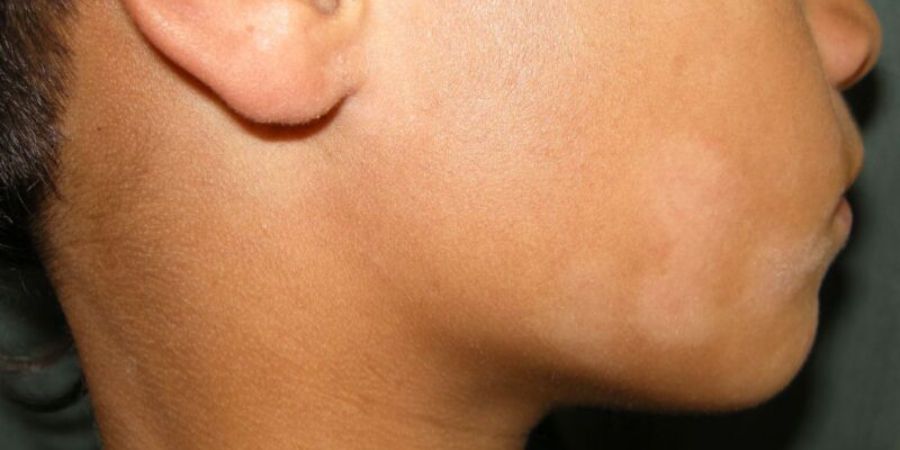

Iam back with a new blog today about a condition called leprosy which is also known as hansen’s disease.Hope everybody is in good health
What is leprosy? it is sometimes infectious chronic disease which affects primarily peripheral nerves secondarily skin and other organs such as eyes, testis, lymph nodes, skeletal system , etc., It is caused by a bacteria called Mycobacterium Leprae which is an acid fast organism which has affinity towards Schwann cells which forms a covering of the nerve fibres.
Why does it affect peripheral nerves? because of the relatively cooler temperature for the M.leprae bacilli to grow. Thus it dwells in places such as testis and iris(iris pearls) also.
Not everybody will acquire leprosy it totally depends on your immune response and even if one acquires leprosy it’s completely treatable. It spreads through droplet infections , nasopharyngeal route and also deep penetration of organism through cut wounds.
How does it present? There are a lot of classification systems used but presently used two system are
1.Ridley Joplin’s classification: 2.WHOclassification
TT(tuberculoid tuberculoid) Paucibacillary
BT(borderline tuberculoid) Multibacillary
BB(borderline borderline)
BL(borderline lepromatous)
LL(lepromatous lepromatous)
Ridley Jopling’s classification based on the immune response and WHO classification based on the number of skin lesion and nerve involvement more useful towards the decision of treatment.
The three main features of leprosy is hypoaesthetic/anaesthetic skin patch which is hypopigmented and peripheral nerve swelling and microbiological evidence of presence of mycobacterium leprae.
Basically white patches appear which are different sized based on the type of leprosy eg.,in TT and BT it is bigger and BL LL it is smaller and in BB it is intermediate and also the number varies as the size decreases the number of lesions increases.
First there is loss of sensation of temperature perception followed by loss of touch sensation and finally pain sensation. There is also loss of hair and sweating over the white patches as the mycobacterium attacks the hair follicle and sweat glands.
Peripheral nerve thickening: the main peripheral nerves involved are ulnar nerve at the elbow , greater auricular nerve over the neck , radial cutaneous nerve at base of the thumb , common peroneal nerve at the knee and median nerve at the wrist. They have to be palpated for thickness and any nerve abscess , pain or any irregularity
other organs involved will be eyes , testis , skeletal system, lymph nodes and reticuloendothelial system
kindly support me and follow me and I will be back with part two of the same topic.






